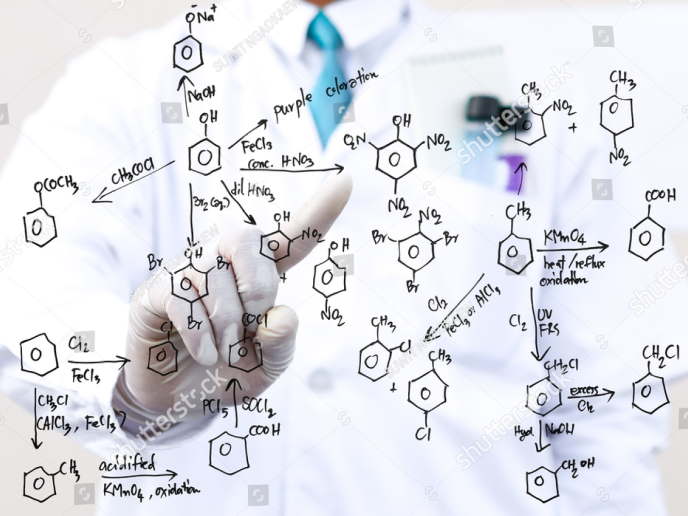Newly engineered enzyme speeds up slow organic reaction
Versatile catalysts with new features and functions could revolutionise scientists’ synthetic strategies, paving the way for high-value chemicals and a greener chemical industry. In search of such catalysts, scientists supported in part by the EU-funded enzC-Hem project have engineered an enzyme that can speed up an organic reaction well known for its extremely slow reaction rate. The reaction in question is called the Morita-Baylis-Hillman (MBH) reaction, a powerful process used to form a carbon-carbon bond between an alkene and an electrophilic compound such as aldehyde. The MBH reaction creates products that are useful building blocks for further syntheses. However, it requires high catalyst loadings and has long reaction times with existing catalysts (normally small-molecule catalysts such as DABCO(opens in new window) and DMAP)(opens in new window), taking several days to produce a useful amount of product. Therefore, despite its usefulness in organic synthesis, these drawbacks prevent its more widespread use. “The typical catalysts you use for this reaction are small nucleophiles,” states Prof. Anthony Green of enzC-Hem project host University of Manchester, the United Kingdom, in an article(opens in new window) posted on ‘Chemistry World’. “The beauty of biology is that if you can engineer an enzyme or design a protein to do this reaction, the rate acceleration is significant compared to anything that’s been achieved with small-molecule chemistry,” continues Prof. Green, who is the senior author of the study(opens in new window) published in the journal ‘Nature Chemistry’.
The path to a better catalyst
Aiming to create the first efficient and selective biocatalyst for the MBH reaction, the research team used an enzyme – BH32 – developed a few years earlier by Dr David Baker and his team at the University of Washington in the United States. As reported in the news article, while Dr Baker – who is a co-author in the current study – and his team succeeded in designing enzymes for the MBH reaction, these enzymes acted weakly. “They were catalytically competent, but weren’t viable biocatalysts,” according to Prof. Green. To create the new enzyme, the research team led by Prof. Green subjected the primitive enzyme BH32 to a process called directed evolution. A powerful engineering tool for tailoring enzymes towards desired transformations, directed evolution improves the functions of proteins through repeated rounds of mutation and selection. After 14 rounds of evolution, the research team succeeded in engineering an enzyme called BH32.14 that is significantly faster and is also enantioselective(opens in new window). Results showed that low concentrations of BH32.14 added to the MBH reaction can achieve much larger yields than high loadings of current small-molecule catalysts. Additionally, the reaction only takes a few hours, not several days. The newly engineered enzyme “is one of the most complex designed enzymes applied to organic chemistry to date,” the article reports. The work supported by enzC-Hem (Creating Versatile Metallo-Enzyme Environments for Selective C-H Activation Chemistry: Lignocellulose Deconstruction and Beyond) shows that combining computational design and directed evolution could lead to new biocatalysts for important chemical transformations not found in nature. For more information, please see: enzC-Hem project(opens in new window)



